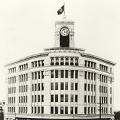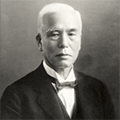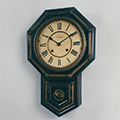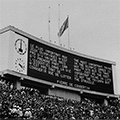Seiko Footsteps
Stage 1 :
Chase the World
The dawn of Seiko, when the company dived into a bold project to modernize Japan’s clock industry
and catch up with the West as early as possible.
1881
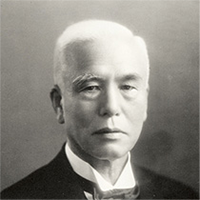
Kintaro Hattori establishes his shop, "K. Hattori & Co., Ltd." in Uneme-cho, Kyobashi, Tokyo.
1892
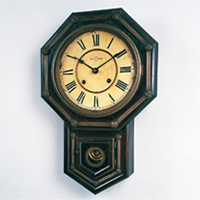
Founding of the Seikosha factory. The production of wall clocks begins.
1895
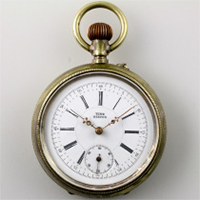
Production of Laurel, Japan's first wristwatch, begins.
1895
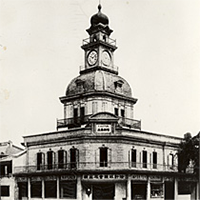
In the newly constructed office with clock tower in Ginza 4-chome, begins business activities.
1913
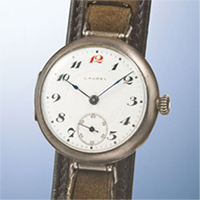
Production of Laurel, Japan's first wristwatch, begins.
1923
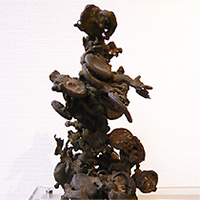
The Great Kanto Earthquake causes tremendous damage. Restoration begins.
1924
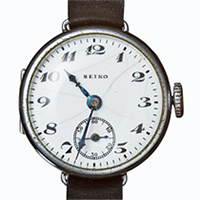
The SEIKO brand makes its debut.
1929
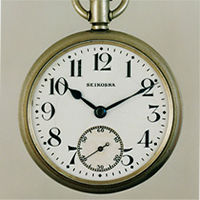
The Seikosha pocket watch is designated as Japan's first railway watch.
1932
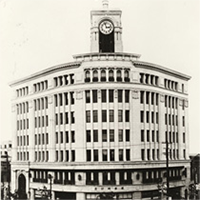
The Wako Clock Tower, the familiar face of Ginza, is completed.
Stage 2 :
Reach the World
The period of growth, when Seiko caught up with the West and expanded globally,
first by restoring the industry in the chaotic postwar years and then by developing proprietary products,
serving as the Official Timer of the Tokyo Olympic Games, and dominating accuracy competitions all over the world.
1953
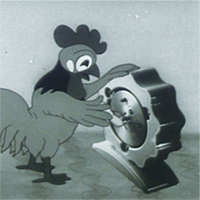
Japan's first TV commercial was a Seiko commercial.(Japan's first radio commercial was also Seiko and broadcast in 1951.)
1956
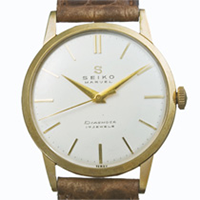
Seiko launches Marvel, an originally designed wristwatch.
1960
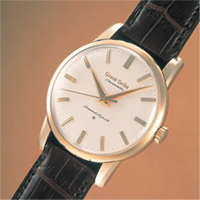
Seiko launches the first Grand Seiko.
1963
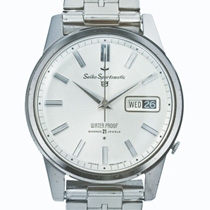
Seiko launches the Seiko Sportsmatic 5.
1964
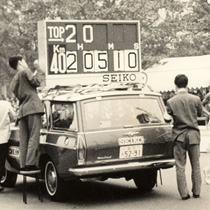
Tokyo Olympic Games
Seiko serves as the Official Timer for the Tokyo Olympic Games.
(In 1992 Seiko serves as the Official Timer for the Barcelona Olympic Games.)
1967
1968
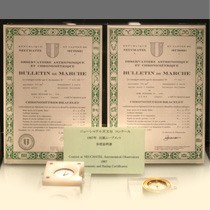
Seiko won top prizes in Swiss observatory competitions.
1968
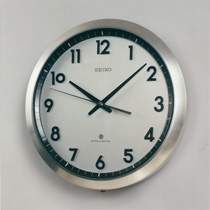
Seiko introduces the world’s first quartz wall clocks.
Stage 3 :
The World Selects the Seiko Method
The period of innovation, when Seiko introduced the world’s first quartz wristwatch
and standardized the Seiko method throughout the world.
1969
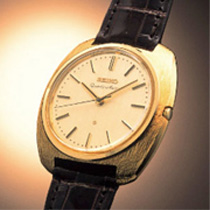
Seiko introduces Seiko Quartz Astron, the world's first quartz watch.Mechanical Engineering Heritage
1970
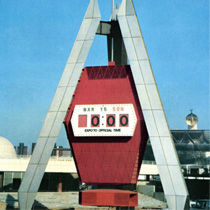
Seiko constructs the world's first radio wave clock equipped with a wireless control system at the 1970 Osaka Expo.
1972
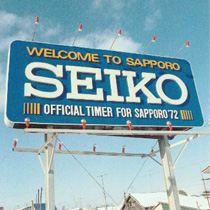
Seiko serves as the Official Timer for the Sapporo Winter Olympic Games.
The company will go on to serve as the Official Time for the Winter Olympic Games in Lillehammer (1994), Nagano (1998), and Salt Lake City (2002).
1973
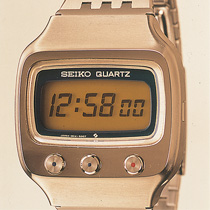
Seiko introduces the world’s first six-digit (hour/minute/second) LCD watch.
1974

Seiko introduces Credor, a luxury watch brand.
1981
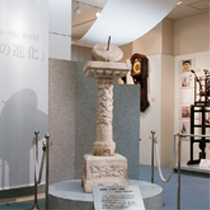
The Seiko Institute of Horology opens (later to became The Seiko Museum) in commemoration of Seiko's 100th anniversary.
1982
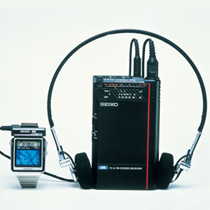
Seiko introduces the world’s first LCD TV watch.
1984
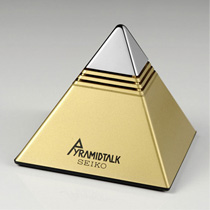
Seiko introduces Pyramid Talk, a talking clock (Japanese version).
1984

Japan’s first large-sized marionette clock is constructed in Yurakucho, Tokyo.
1987
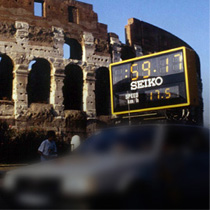
Seiko serves as the Official Timer for the IAAF World Championships in Rome.
The company will go on to serve as the Official Timer for the IAAF World Championships in Tokyo (1991), Stuttgart (1993), Gothenburg (1995), Athens (1997), Seville (1999), Edmonton (2001), Paris (2003), Helsinki (2005), Osaka (2007), Berlin (2009), Daegu (2011), Moscow (2013), Beijing (2015), London(2017), Doha(2019).
1988
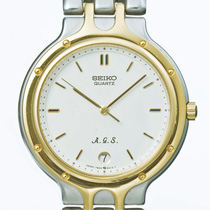
Seiko introduces A.G.S., the world’s first quartz watch with autimatic generation system (later renamed the Kinetic).
Stage 4 :
Toward a New Era
The current period of advancement, when Seiko seeks more accurate,
more convenient watches by further evolving the quartz technology and taking advantage of today’s multi-functionalization(digital),
power-generating, and communication technologies.
1999
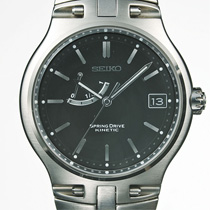
Seiko introduces the world’s first Spring Drive watch.
1999
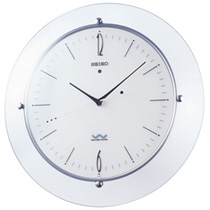
Seiko introduces a radio wave clock synced to Japan Standard Time by radio.
2004
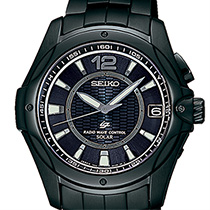
Seiko introduces Ignition, a solar radio wave watch.
2006
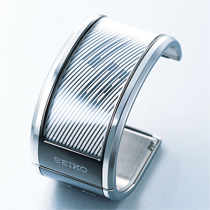
Seiko introduces Spectrum, the world's first electronic paper watch.
2007
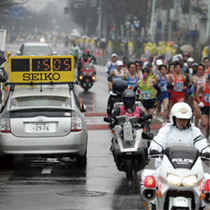
Seiko serves as the Official Timer for the Tokyo Marathon. The company continues to support all subsequent Tokyo Marathons.
2012
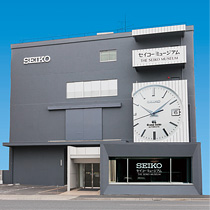
The Seiko Museum is renovated and reopened.
2012
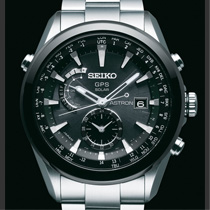
Seiko launches Seiko Astron, the world's first GPS solar watch.
2014
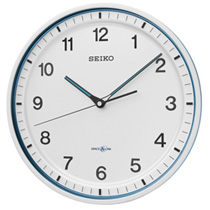
Seiko introduces Seiko Space Link, the world's first Satellite Radio Wave Clock.
2020
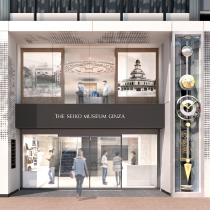
The Seiko Museum opens in the Ginza district, the birthplace of Seiko.


